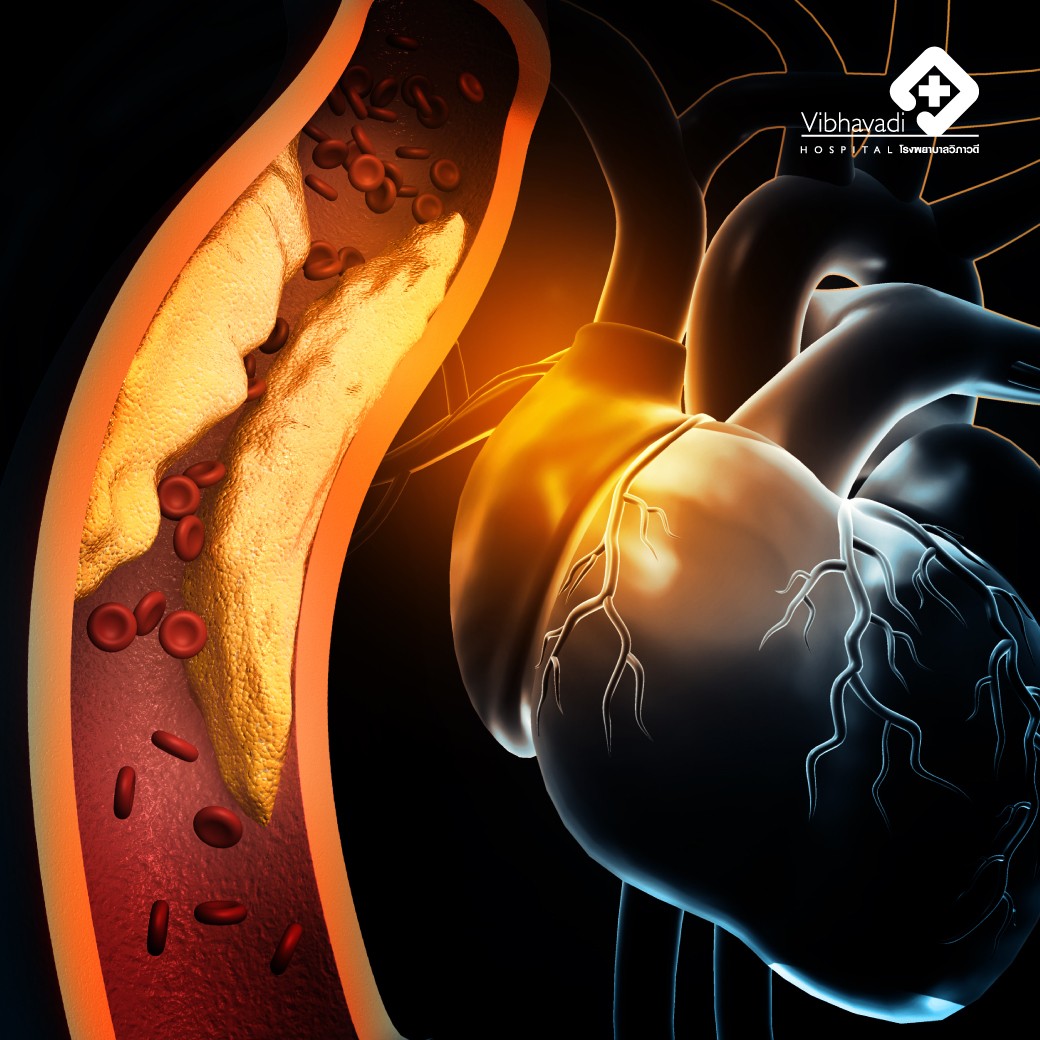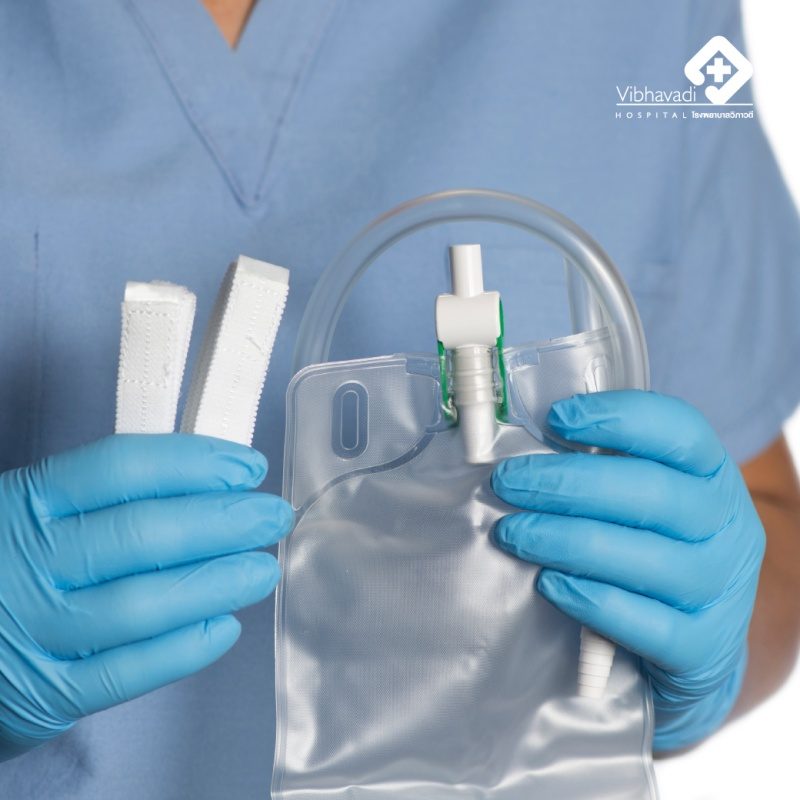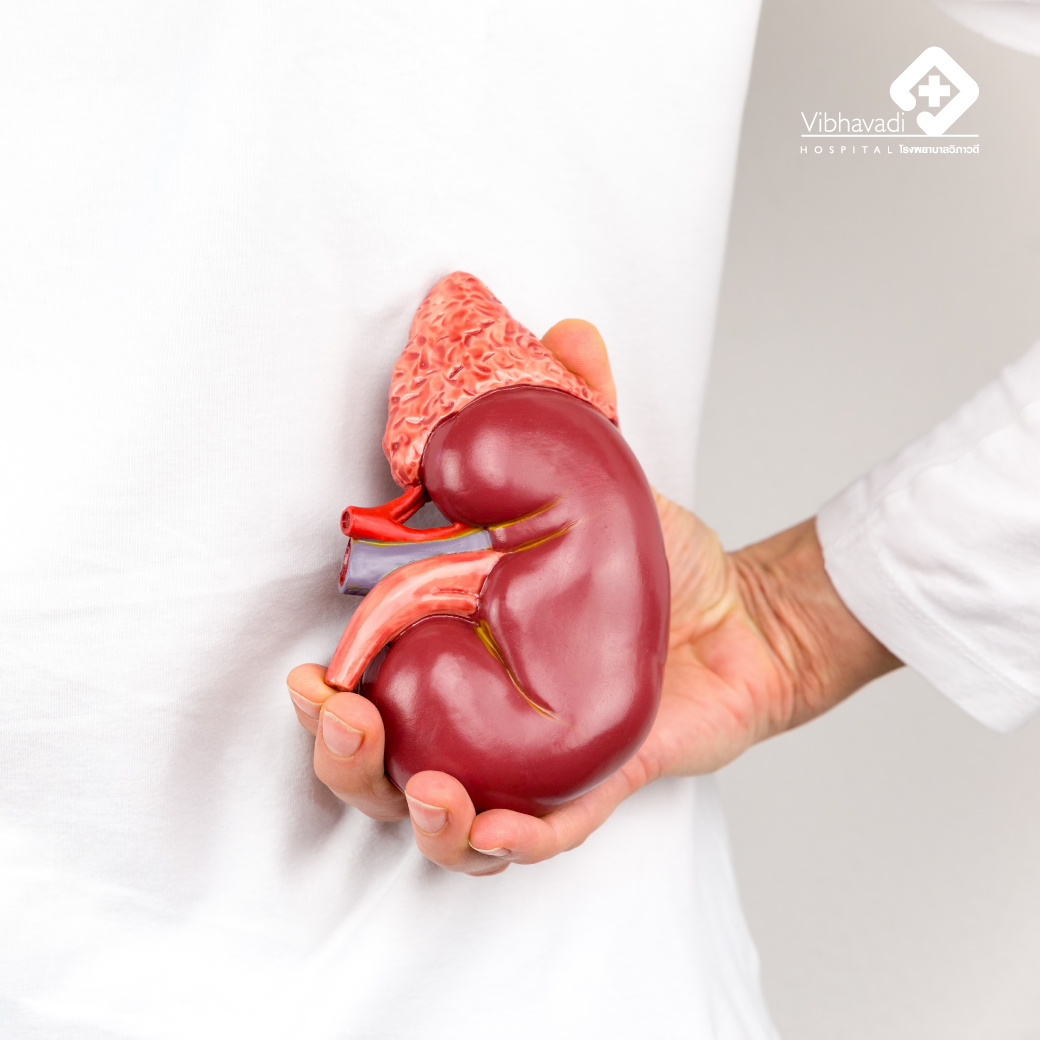โรครูมาตอยด์
Rheumatoid Arthritis
What is Rheumatoid Arthritis?
Rheumatoid arthritis (RA) is one of many diseases that can cause joint inflammation. Affected joints can be painful, swollen, or stiff. RA occurs when the immune system mistakenly attacks the body's own joints, leading to inflammation. It is a chronic disease, requiring long-term medication to control and prevent flare-ups.
Symptoms of Rheumatoid Arthritis
Key symptoms include pain, swelling, and stiffness in the joints, often starting in smaller joints like fingers, wrists, ankles, and toes. Larger joints, such as knees, elbows, and shoulders, can also be affected. RA usually progresses slowly and can affect almost all joints except the lower back and thoracic spine. Inflammation often occurs in multiple joints simultaneously and symmetrically (e.g., both wrists or both ankles). Stiffness is usually worst after waking up and improves over hours. Without treatment, inflamed joints may become damaged and deformed over time.
Diagnosis of Rheumatoid Arthritis
Diagnosis relies on medical history, physical examination, and blood tests. Tests may include rheumatoid factor (RF) or anti-CCP, but their presence alone doesn't confirm RA as they can be found in other diseases. Conversely, some RA patients may not have these markers. X-rays can help in diagnosis, but early RA may not show up on them. In cases of pain and stiffness without clear swelling and normal X-rays, ultrasound or MRI might be used.
Treatment of Rheumatoid Arthritis
RA treatments include anti-inflammatory drugs like ibuprofen and naproxen; steroids like prednisolone and dexamethasone; disease-modifying antirheumatic drugs (DMARDs) like methotrexate and hydroxychloroquine; and biological agents like infliximab and etanercept. Treatment plans depend on the disease's severity, patient age, co-existing diseases, side effects, administration methods, and cost. It's crucial to follow the treatment plan consistently as interruptions can lead to flare-ups.
Self-Care for Rheumatoid Arthritis
Patients should maintain an active lifestyle and exercise regularly. While movement can initially be painful, lack of exercise can lead to increased stiffness and muscle weakening. Activities should be adapted to avoid joint strain. For example, use tools to open jars instead of hands, and lift heavy items with the arms instead of fingers. Exercise recommendations are similar to the general population, with at least 30 minutes of exercise three times a week. Patients with heart conditions or osteoporosis should adjust their exercise plans accordingly. Smoking cessation, weight control, and oral health care are also important to manage RA.















